Who has paid the price, paved the way, or inspired the fight for LGBTQ+ equality? There are too many too list, so I’ll list a few for you.
Frances Power Cobbe (1822-1904) was an Irish writer, social reformer, anti-vivisection activist, and leading women’s suffrage campaigner. Cobbe published several articles on the legal rights of women in marriage. A pamphlet, Wife Torture, which proposed that wife assault should be made grounds for a legal separation, and this influenced the Matrimonial Causes Act of 1878 which gave a wife the right to a separation with maintenance, and with custody of any child under ten years of age. In 1870 she advocated strengthening the law on experiments on animals, and over the next few years became one of the leaders of the British anti-vivesection movement. It has been argued that there may have “been an identification on her part between man’s brutality to animals and his brutality to women.” She was buried in Llanelltyd churchyard, alongside her beloved partner Mary Lloyd who had died in 1896.
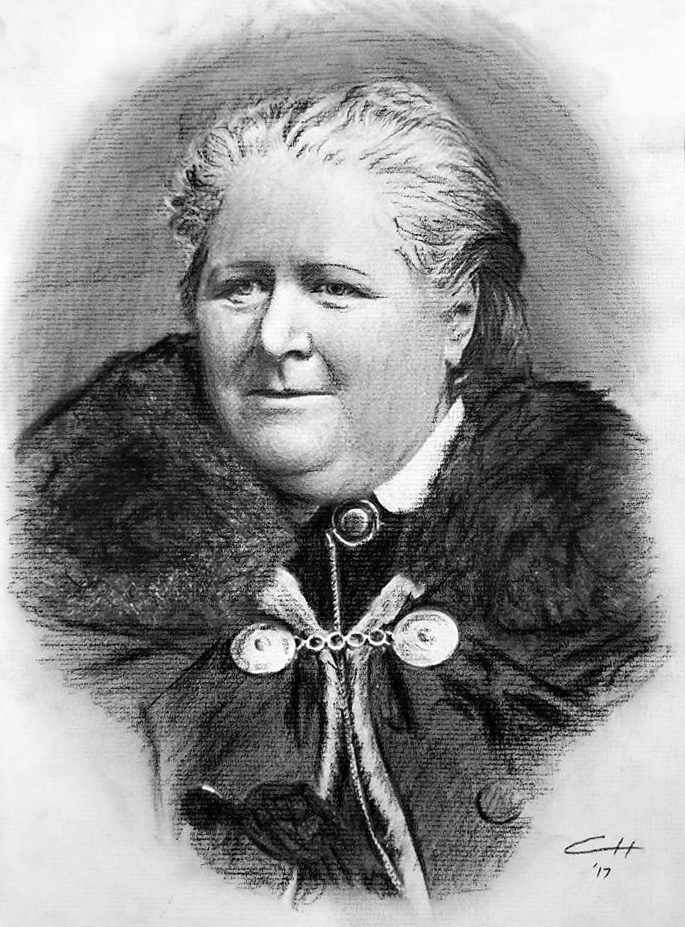
Alan Turing (1912-1954) was an English computer scientist, mathematician, logician, cryptanalyst, philosopher and theoretical biologist. In 1936, Turing published a paper that is now recognised as the foundation of computer science. Ten years later he would turn this revolutionary idea into a practical plan for an electronic computer, capable of running any program. After two years at Princeton, developing ideas about secret ciphers, Turing returned to Britain and joined the government’s code-breaking department, where he rapidly developed a new machine (the ‘Bombe’) capable of breaking German coded messages on an industrial scale. This invention helped win World War II, and he subsequently developed what would become the modern computer. All male homosexual activity was illegal until 1967, and Turing was prosecuted when an affair with a young man came to the notice of the police. Rather than go to prison he accepted probation on the condition of having hormonal treatment which was, in effect, a chemical castration. His security clearance was revoked, ending ongoing work with the government code-breaking department – now called GCHQ (Government Communications Headquarters). He was harassed by police surveillance until he was found dead in bed by his cleaner. He had died from suicide by cyanide poisoning the day before. Despite many appeals over the deacdes, he was not granted a posthumous pardon until 2013.
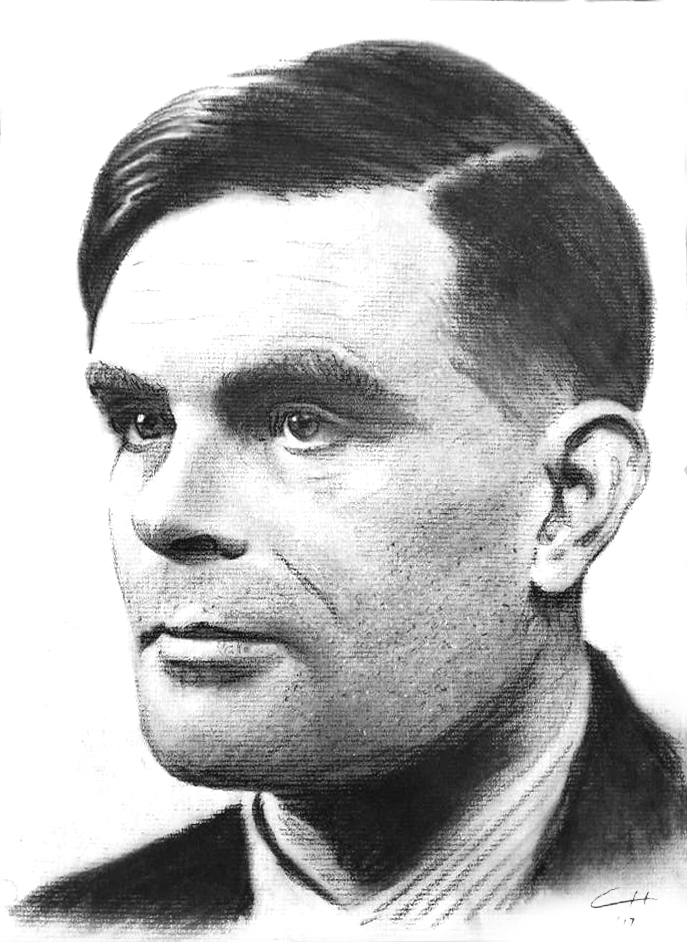
Christine Jorgensen (1926-1989) was a WW2 Veteran and American trans woman who was the first person to become widely known in the United States for having sex reassignment surgery. Jorgensen’s very public transformation from a man to a woman launched a national discussion about gender identity, and her story stood as an inspiring example to others that suffered from that same feeling about gender dysphoria.
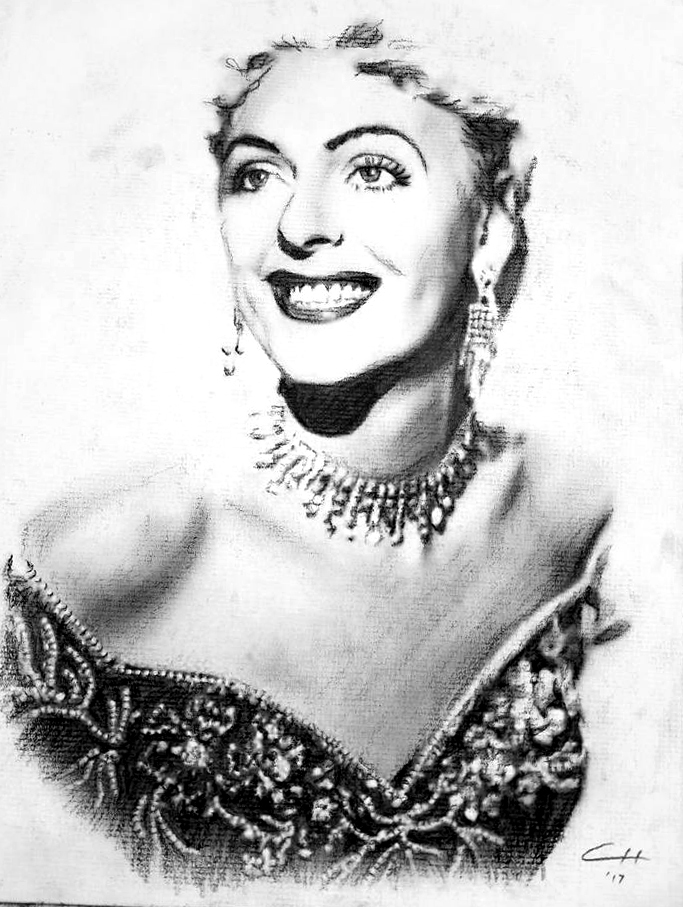
Brandon Teena (1972-1993) was a trans man that was murdered by two former friends after they discovered his biological sex. Teena and his story have been at the center of academic and public debates concerning gender and sexuality rights. Transgender advocates and scholars claim his embodied experiences as indicative of the continuing struggles of lesbian, gay, bisexual, transgender, and queer (LGBTQ) communities. His story was the subject of the Hillary Swank film “Boys Don’t Cry”.
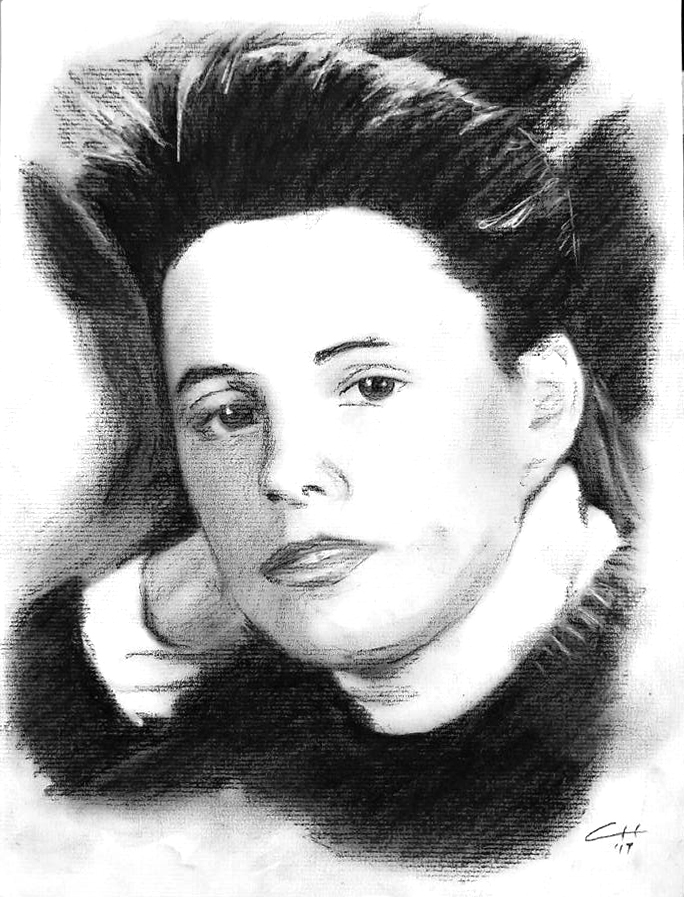
Marsha P. Johnson — who would cheekily tell people the “P” stood for “pay it no mind” — is reported to be one of the central figures of the historic Stonewall uprising of 1969. Following the uprising, Johnson co-founded Street Transvestite Action Revolutionaries (STAR) with her friend and fellow transgender activist Sylvia Rivera. STAR was a radical political organization that provided housing and other forms of support to homeless queer youth and sex workers in Manhattan.
Johnson’s body was discovered floating in the Hudson River after in July 1992. Police initially ruled her death a suicide, though her family and friends contested that determination, and 10 years later, the case was reopened as a possible homicide.
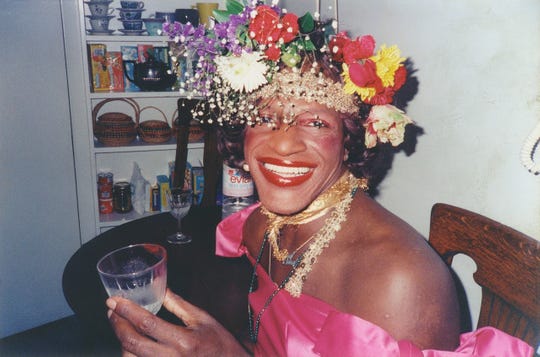
Shepard was a 21-year-old student at the University of Wyoming in October 1998 when he was robbed, beaten and tied to a fence and left for dead by two men he met in a bar.He died six days later, on October 12, 1998, at a hospital in Colorado.The two men were convicted of kidnapping and murder in the attack, which police said was initially a robbery. But, they said, Shepard was targeted because of his sexual orientation. Westboro Baptist Church has made headlines around the world for hostile public declarations and incendiary protests against people and causes they consider to be sinful in the eyes of God, and used a picture of Shepard in the flames of Hell as their banner. His remains had to be moved from his home in Wyoming to the Washington National Cathedral to end 20 years of desecration of his burial site.

CNN – Courage and sacrifice: 6 activists behind LGBTQ progress